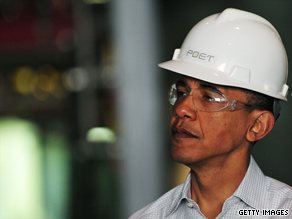Following newspaper reports that the University of Medicine and Dentistry of New Jersey (UMDNJ) had been double billing and up billing Medicare and Medicaid for its hospitals’ services, it was put under the supervision of a federal monitor. At the time, UMDNJ was the only NJ state-supported public university devoted to the healing professions. It was a large university with multiple campuses and hospital affiliations dispersed through the state and home to three separate medical schools.
The monitor’s investigations revealed the range of UMDNJ’s misconduct. In addition to fraudulent billing practices, other examples included unwarranted grade changes for students, failure to let bids for contracts, and political cronyism, all while UMDNJ was governed by a board of trustees that rubber-stamped university decisions while seeking personal benefits.
In his final report, the federal monitor concluded that UMDNJ’s problems were due to the actions of a few bad apples because the great majority of employees were conscientiously performing their jobs. Media commentators, in contrast, attributed UMDNJ’s misconduct to New Jersey’s culture of corruption. I found neither explanation satisfying. The first was too narrow; the second, too broad. As a sociologist, my response was to look for organizational explanations. The result of my investigation was my new book, Trouble in the University: How the Education of Health Care Professionals Became Corrupted (2014 Brill).







